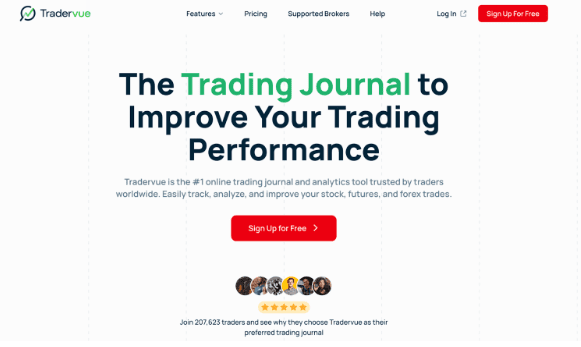The Volume Weighted Average Price (VWAP) indicator has become a foundation among traders for they want to add precision also clarity to their market analysis.
By the blending of price and volume data, VWAP benchmarks in a dynamic way where most trading activity occurred all through the day.
This aids interpretation of market views.
Traders are able to then reach more well-educated trading decisions.
Understanding the Role of VWAP in Trading
VWAP serves as an effective indicator of average price based on volume, setting it apart from simple price averages that do not account for traded quantities.
Traders who understand how to use trading with VWAP support and resistance can greatly improve their entry and exit strategies.
When price moves above the VWAP line, it acts often as a support level because it suggests an underlying strength where buyers are stepping in.
Instead, the line tends to serve as resistance when the price is below VWAP because it reflects selling pressure that can cap upward moves.
Traders use VWAP to foresee market reversals and locate entry areas matching institutional actions.
Traders use it to act as a reference point regarding support with resistance.
VWAP turns into a tool that is indispensable due to this benefit especially in cases where timing of intraday trading is important.

Effective Strategies to Trade with VWAP
Trading with VWAP Support and Resistance
One of the most common and effective strategies is the act of identifying support and resistance zones by just watching VWAP’s price interactions.
An upward bounce from a price retracement to the VWAP line presents a buying opportunity having low risk plus a stop loss defined just below VWAP.
However, a resistance area is validated should the price near VWAP underneath yet not push past it.
This zone of resistance might work to sell or short.
This strategy relies on the need for volume confirmation. Volume rises when price crosses VWAP which backs trades.
Those trades carry a bit more conviction, so their sustained moves become that much more probable.
Price alone is less reliable using this integration for price, volume, and VWAP.
Combining VWAP with Other Indicators
While VWAP is a strong individual instrument, numerous traders improve effectiveness through pairing it with momentum indicators like the Relative Strength Index (RSI) or Moving Average Convergence Divergence (MACD).
In the event price breaks above VWAP as RSI confirms upward momentum without any overbought condition, a stronger buy signal it may be.
Conversely, bearish MACD crossovers are in alignment with price.
Falling price below VWAP offers more evidence toward short positions.
Utilizing VWAP Bands for Overbought and Oversold Conditions
Some traders add bands as well as standard deviation channels above and below the VWAP line so as to take VWAP a step further.
These bands operate as dynamic boundaries that identify possible market states.
The market may be stretched when the price nears toward the upper band.
A pullback may be due at that point.
Likewise, the touching of the lower band might signal conditions of being oversold in which buyers could step back in at that point.
Intraday and Swing Trading Applications of VWAP
VWAP’s calculation resets each day so it is a great indicator for intraday traders gauging trade execution plus market sentiment.
Day traders often use VWAP in order to time entries and also exits because they seek to buy at a point near VWAP support or to sell at a point near VWAP resistance.
Swing traders will typically focus on those longer timeframes.
They can still benefit via watching VWAP trends over several days, also they can use these trends to validate the strength or weakness of trends.
Several professional trading platforms and educators, like Tradervue, highlight VWAP’s importance within thorough trading plans because its versatility spans across trading styles.
Risk Management and Advanced Uses
Risk management is improved specifically by trading with VWAP support and with VWAP resistance since it allows for clear placement for stop-loss orders which are near VWAP levels plus this limits downside when giving trades some room for development.
Advanced traders will sometimes use trailing stops adjusted for VWAP values.
During trending markets these stops help lock profits in.
Institutional traders additionally use VWAP so as to guide large order executions, as they aim to sell or buy near to VWAP prices for minimizing market impact.
Retail traders can learn entry harmony with the market’s core activity by aligning trades with VWAP movements.
A trader is able to master the VWAP indicator to gain a view that is thorough of price flow relative to volume.
Actual market engagement exists, so these steps help business choices.
VWAP remains a highly valuable tool toward growing trading expertise and success because it can be used for spotting support and resistance, confirming momentum, or managing risk.






